Our world has greatly transformed in recent years, and this evolution has been even more striking over the preceding few hundred or thousand years. There has been a constant human movement, people setting and resettling in almost every nook and cranny of the earth. Influenced by the ebb and flow of different communities or the shifting histories of locales, there arises an urge to rename cities to align with their evolved histories or new identities. But the frequency of these name changes can sometimes become excessive. Be it a city once named after a lewd sexual hand signal, or an ancient Greek city that saw six name changes, or even an island christened after Robinson Crusoe, there seems to be a city name identity crisis sweeping across the globe. Could your city be one of those?
You might be familiar with well-known cities such as New Amsterdam, Bombay, or Peking. But there are plenty of other major cities in the world that can’t seem to make up their minds about their own names and it’s time you learned about them. These are 25 cities that can’t seem to figure out their own names.
Nouvelle-Angoulême to New Amsterdam to New York City
 Source: Homberger, Eric (2005). The Historical Atlas of New York City: A Visual Celebration of 400 Years of New York City's History., Image: Wikipedia
Source: Homberger, Eric (2005). The Historical Atlas of New York City: A Visual Celebration of 400 Years of New York City's History., Image: Wikipedia Giovanni da Verrazzano, captaining a French ship, is the first European known to visit the area of present day New York City in 1524. He named it Nouvelle-Angoulême after the Royal House of Valois-Angoulême, the house of French King Francis I, but did not stay to establish a colony. The Dutch established the trading colony of New Amsterdam in 1626 and held it until the British conquered the area in 1664. The renamed New York was recaptured by the Dutch in 1673 (where it was called New Orange, after the Dutch royal house) but finally traded to the English for Suriname in the following year.
Bombay to Mumbai
 Source: Shirodkar, Prakashchandra P. (1998). Researches in Indo-Portuguese history & Nitin Chavan (18 December 2009). "शिवसेना आमदाराची नामांतर एक्स्प्रेस" [Shivsēnā Âmadārācī Nāmāntar Express]. Sakal , Image: Wikimedia
Source: Shirodkar, Prakashchandra P. (1998). Researches in Indo-Portuguese history & Nitin Chavan (18 December 2009). "शिवसेना आमदाराची नामांतर एक्स्प्रेस" [Shivsēnā Âmadārācī Nāmāntar Express]. Sakal , Image: Wikimedia When the Portuguese landed in southwestern India, they named the area Bom Baim (“good little bay”). This name was anglicized to Bombay when the British took over the city and was changed to Mumbai (after the patron goddess Mumbadevi) in 1995 after the Marathi nationalist Shiv Sena party swept into power.
St. Petersburg to Petrograd to Leningrad to St. Petersburg
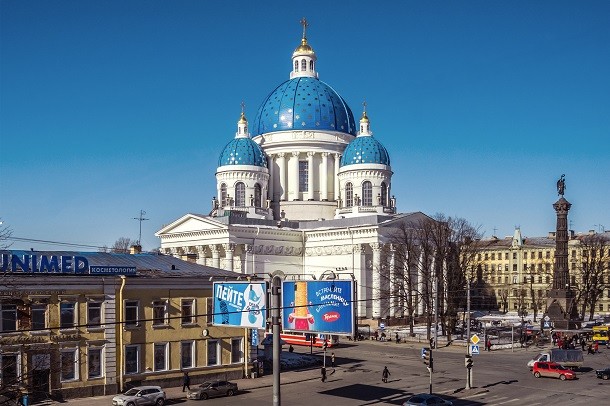 Source: Kann, Pavel Yakovlevich (1963). Leningrad: A Short Guide. & McColl, R. W., ed. (2005). Encyclopedia of world geography, Image: Wikipedia
Source: Kann, Pavel Yakovlevich (1963). Leningrad: A Short Guide. & McColl, R. W., ed. (2005). Encyclopedia of world geography, Image: Wikipedia First taking on the name of St. Petersburg in 1703, the city changed to Petrograd in 1914, Leningrad in 1924, and back to St. Petersburg after the fall of the Soviet Union in 1991. Sometimes called “Peter” by locals, the city was founded by Tsar Peter the Great in 1703. It was renamed Petrograd (“Peter’s City”, after the Tsar) in 1914 to remove German words from the old name. Five days after Lenin’s death, the city was renamed Leningrad in his honor as the leader of the October Revolution which started in the city. It was renamed St. Petersburg after the fall of the Soviet Union.
Porcalhota to Amadora
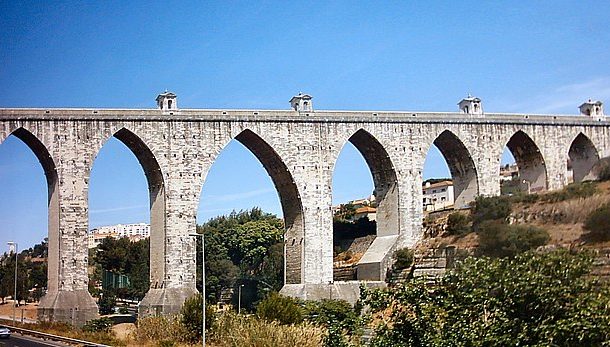 Source: Associação Nacional de Municípios Portugueses, Image: Wikipedia
Source: Associação Nacional de Municípios Portugueses, Image: Wikipedia Portugal takes two spots on this list of cities which have changed their names due to its old dirty former names of cities. (Number 6 is especially raunchy.) Located near Lisbon, the original city of Porcalhota was named after Vasco Porcalho, but colloquially meant “small dirty one”. Locals successfully asked the king to change the name in 1907.
Canton to Guangzhou
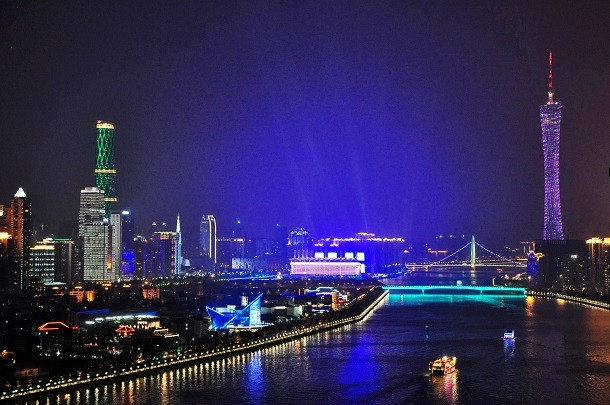 Source: Guangzhou Daily, Image: Wikimedia
Source: Guangzhou Daily, Image: Wikimedia Now the third largest Chinese city with over 13 million residents, Guangzhou didn’t have an official name when European traders arrived. Only called “the provincial capital”, the city was named after the surrounding province of Guangdong and derived its romanized name, Canton, from the Portuguese “Cantão”, a transcription of Guangdong. The name was changed to Guangzhou after the establishment of the People’s Republic of China in 1949.
Londonderry to Derry
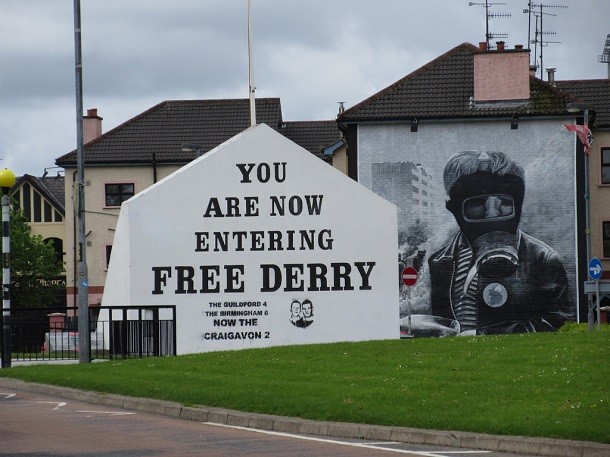 Source: Library Ireland & Derry Journal, Image: nh53 via Flickr
Source: Library Ireland & Derry Journal, Image: nh53 via Flickr A highly contentious place name, especially among the Irish Republican Army (IRA), Derry is the anglicized version of the Irish name Doire (“oak grove”). The prefix “London” was added to the name to recognize the London guilds’ funding of the city’s construction around 1613. July 2015 saw the Derry City Council vote in favor of changing the official name from Londonderry to Derry, as it is colloquially known, but the matter is still awaiting a response from Northern Ireland’s government.
Yerushalem to Jebus to City of David to Aelia Capitolina to Iliya to Jerusalem
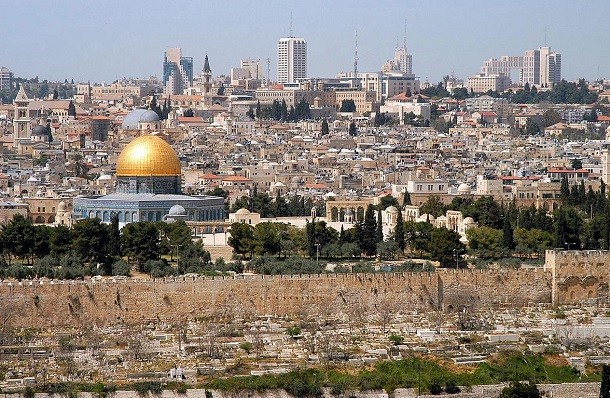 Source: Dan Bahat (1996). The Illustrated Atlas of Jerusalem. & Amihay Mazar, Brian B. Schmidt, (eds) The Quest for the Historical Israel. & Louis Ginzberg. "The Legends of the Jews Volume 1"., Image: Wikipedia
Source: Dan Bahat (1996). The Illustrated Atlas of Jerusalem. & Amihay Mazar, Brian B. Schmidt, (eds) The Quest for the Historical Israel. & Louis Ginzberg. "The Legends of the Jews Volume 1"., Image: Wikipedia Known as Yerushalem in the Book of Joshua, this Middle Eastern city was called Jebus while ruled by the Jebusites until being renamed the City of David by King David. It was later (70 A.D.) changed to Aelia Capitolina by the occupying Romans then Iliya (after the first part of the Roman name) by the Arab armies who conquered the city in 638 A.D. before being changed back to Jerusalem.
Hot Springs to Truth or Consequences
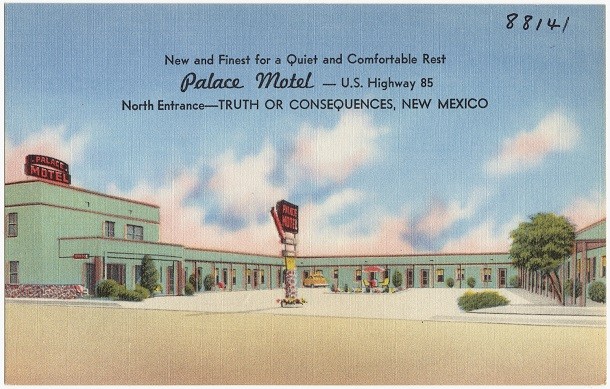 Source: Fast Company, Image: Wikimedia
Source: Fast Company, Image: Wikimedia In a comical way a city changed its name, a small town in New Mexico changed its name from Hot Springs to Truth or Consequences (colloquially T or C), all due to a popular quiz show in the 1950’s. “Truth or Consequences?” presenter Ralph Edwards announced on-air he would have a broadcast from the first town to name itself after the show. For the next 50 years, Edwards visited the town annually even after no longer presenting the show.
Más a Tierra to Robinson Crusoe Island
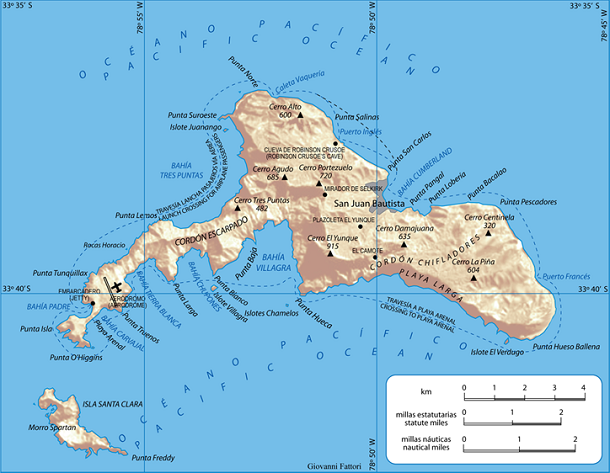 Source: Severin, Tim (2002). In Search of Robinson Crusoe. , Image: Wikipedia
Source: Severin, Tim (2002). In Search of Robinson Crusoe. , Image: Wikipedia Located in the Pacific Ocean to the west of Chile, the former Más a Tierra island was the home of Alexander Silkirk, a marooned sailor, from 1704 to 1709. Selkirk’s story likely inspired Daniel Defoe to write the book “Robinson Crusoe”. The Chilean government changed the name in 1966 to Robinson Crusoe Island to boost tourism and recognize its literary history.
Byzantium to Constantinople to Istanbul
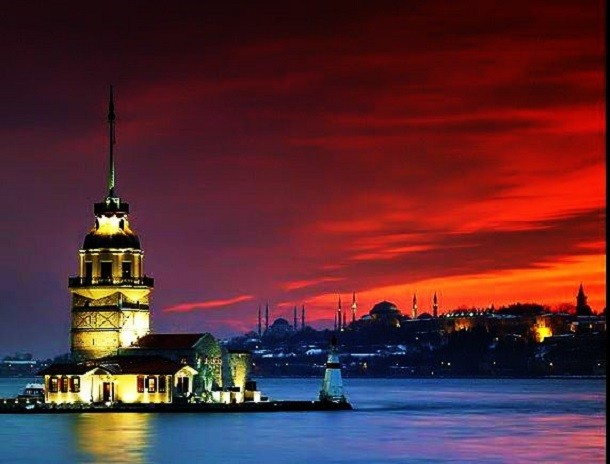 Source: Stanford and Ezel Shaw (1977): History of the Ottoman Empire and Modern Turkey., Image: thepercy101 via Deviant Art
Source: Stanford and Ezel Shaw (1977): History of the Ottoman Empire and Modern Turkey., Image: thepercy101 via Deviant Art Referred to as Byzantium when it was founded as an Ancient Greek colony, the name was changed to Constantinople after Roman Emperor Constantine the Great conquered the city and made it his capital. The Ottomans conquered the area in 1453 and kept the name, though Istanbul – meaning “to the city” in Greek – was its informal name, soon became its official name after Turkey switched to the Latin script in 1928.
Langbaurgh on Tees to Redcar and Cleveland
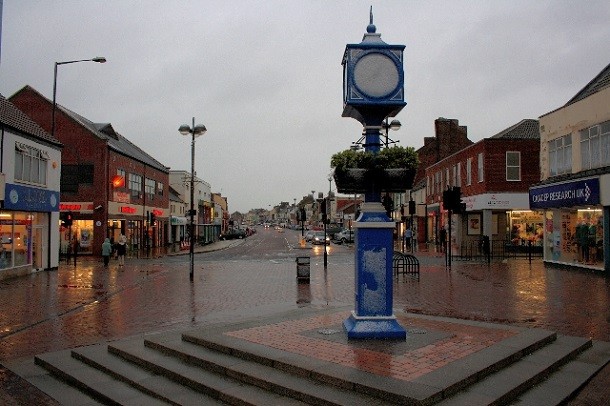 Source: Redcar and Cleveland Borough Council, Image: Wikipedia
Source: Redcar and Cleveland Borough Council, Image: Wikipedia Landbaurgh-on-Tees was the name given to this English city in 1988. (Previously, it had multiple names related to the region.) In 1996, upon the abolishment of Cleveland County, planners renamed the city Redcar and Cleveland – what would likely be a great name for a detective show.
Heraklion to Handaq to Chandax to Candia to Megalo Kastro to Heraklion
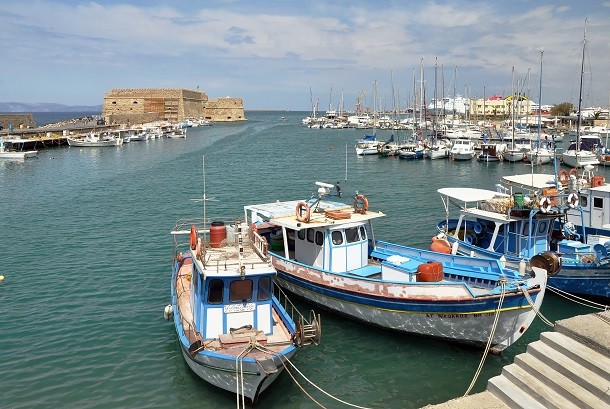 Source: Samuel Gridley Howe, The Cretan refugees and their American helpers. & Encyclopaedia of Islam, Image: Wikimedia
Source: Samuel Gridley Howe, The Cretan refugees and their American helpers. & Encyclopaedia of Islam, Image: Wikimedia The ancient Greek city of Heraklion was strategically located on the island of Crete, leading to its conquest by multiple civilizations. Andalusian Arabs took over the city in the 1820’s and renamed it Al-Handaq (“Castle of the Moat”). In 961, the Byzantines took over, renaming it Chandax. Following was the Venetian purchase of the city (renaming it Candia) and Ottoman conquest (renaming it Megalo Kastro or “Big Castle”). The brief existence of the Cretan State from 1898-1913 saw the city return to the name Heraklion which it has since kept.
Aleksandrovka to Yuzovka to Stalino to Donetsk
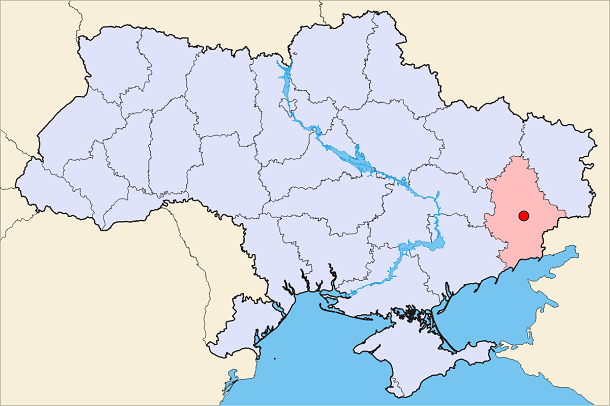 Source: All Donetsk Info & "From the history of the city". Head of Donetsk City, Image: Wikimedia
Source: All Donetsk Info & "From the history of the city". Head of Donetsk City, Image: Wikimedia The city (and region) of Donetsk in eastern Ukraine has been the nexus of heavy fighting between Ukrainian forces and rebels in the region since early 2014 when the Donetsk People’s Republic took control. Going back almost 250 years, the city was founded as Aleksandrovka before being renamed Yuzovka thanks to Welsh businessman John Hughes who built multiple coal mines and a steel plant in the area. (Approximated in Russian, Hughes becomes Yuz.) The Soviets renamed it Stalino in 1924 after their leader Nikita Khrushchev renamed it Donetsk after the Seversky Donets river in 1961.
Lake Station to East Gary to Lake Station
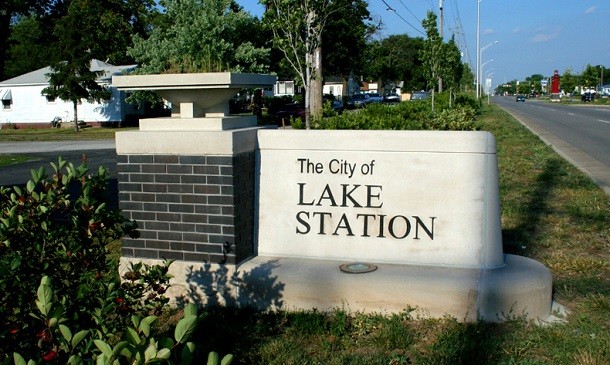 Source: U.S. Census Bureau, Image: Wikimedia
Source: U.S. Census Bureau, Image: Wikimedia The city of Lake Station, Indiana, must have the most ironic name change on this list. Originally known as Lake Station when it was a stagecoach depot stop, it changed its name to East Gary in 1908 to encourage workers at the U.S. Steel plant in nearby Gary, Indiana, to build their residences in the area. Once Gary became known for crime and urban decay, East Gary changed its name back to Lake Station in 1977.
Peking to Beijing
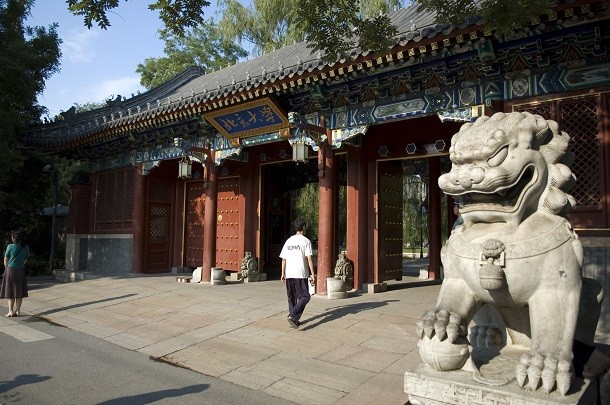 Source: Lane Harris (2008). "A 'Lasting Boon to All': A Note on the Postal Romanization of Place Names, 1896–1949"., Image: Wikipedia
Source: Lane Harris (2008). "A 'Lasting Boon to All': A Note on the Postal Romanization of Place Names, 1896–1949"., Image: Wikipedia Fans of Chinese food will likely recognize Peking Duck on the menu. The name Peking ironically came from the southern dialects’ pronunciation of Beijing to the Europeans who first visited China. Despite being known for many years in the western world as Peking, Beijing has been the official name of the city since 1403. In Mandarin, it means “Northern Capital”.
Oslo to Christiana to Oslo
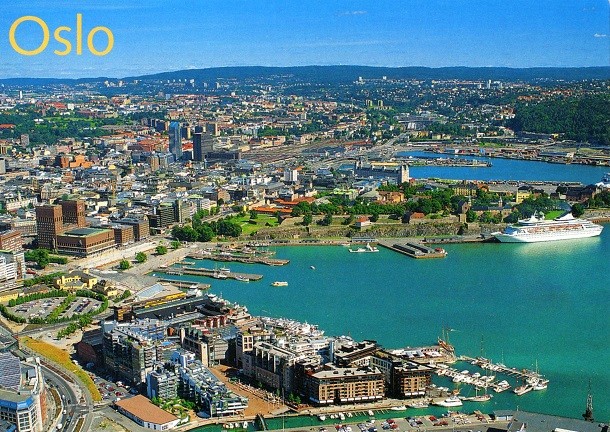 Source: Bjorvand, Harald (2008): "Oslo.", Image: Wikimedia
Source: Bjorvand, Harald (2008): "Oslo.", Image: Wikimedia The origin of the name Oslo is still not exactly known, but it may have been the name of a farm at Bjørvika. While in a personal union with Denmark, the city burned to the ground but was rebuilt and renamed Christiania in honor of Danish King Christian IV. In 1925, the city regained its original name, Oslo.
Maryborough to Port Laoise
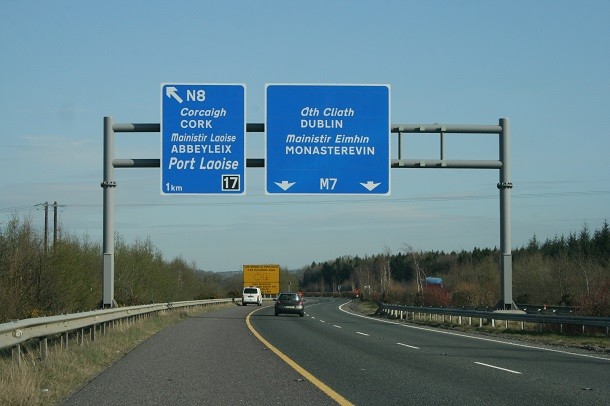 Source: Placenames Database of Ireland, Image: Wikipedia
Source: Placenames Database of Ireland, Image: Wikipedia During the English occupation of Ireland, the town of Maryborough was established, named after then-monarch Queen Mary. (The surrounding county, now called County Laois, was similarly called Queen’s County.) The foundation of the Irish Free State in 1929 saw many names revert to their Irish names, such as Port Laois.
Halfway to Half.com
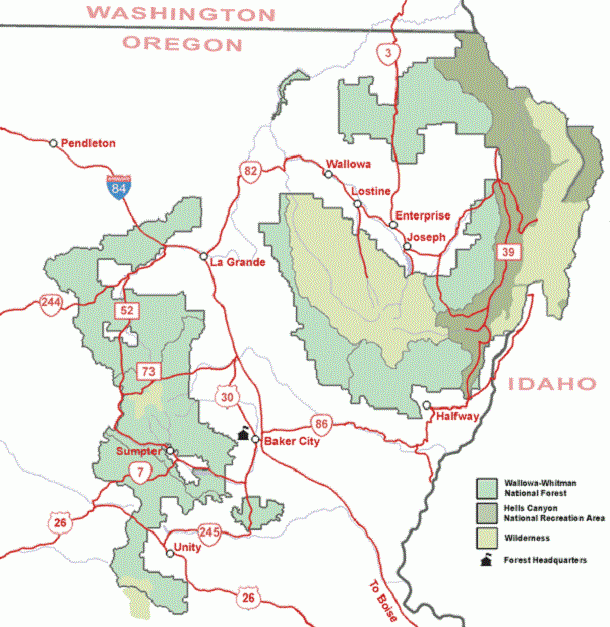 Source: Design Observer Observery, Image: Wikimedia
Source: Design Observer Observery, Image: Wikimedia Halfway between the equator and North Pole, Halfway, Oregon, renamed itself Half.com in 1999 at the height of the dot-com bubble. Website Half.com promised $110,000 and 20 computers for the school to a city which renamed itself after the company for a year.
Gzhatsk to Gagarin
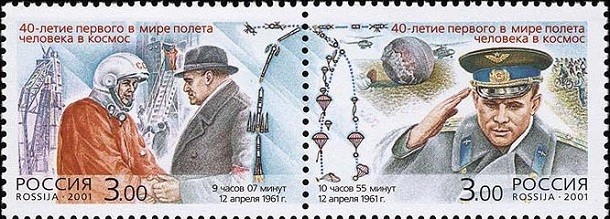 Source: Е. М. Поспелов. Географические названия мира, Image: Wikimedia
Source: Е. М. Поспелов. Географические названия мира, Image: Wikimedia Located in northwestern Russia (near Belarus), Gzhatsk took its original name from the Gzhat River. After the death of the first human in space, Yuri Gagarin, the town was renamed Gagarin in 1968.
Punhete to Constância
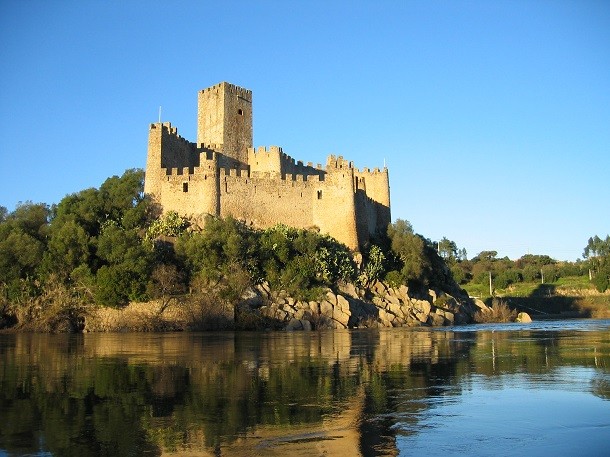 Source: Paróquia de São Julião Arquivo Distrital de Santarém, Image: Wikipedia
Source: Paróquia de São Julião Arquivo Distrital de Santarém, Image: Wikipedia In another wise example of Portugal changing a city name, the city of Constância in central Portugal came into being in 1833. Its old name, Punhete, was similar to the slang punheta, for “hand job”.
Ciudad Trujillo to Santo Domingo
 Source: Derby, Lauren (26 June 2009). The Dictator's Seduction: Politics and the Popular Imagination in the Era of Trujillo., Image: robphoto via Flickr
Source: Derby, Lauren (26 June 2009). The Dictator's Seduction: Politics and the Popular Imagination in the Era of Trujillo., Image: robphoto via Flickr The oldest continuously inhabited European settlement in the Americas, Santo Domingo was renamed Ciudad Trujillo from 1936 to 1961 by local dictator Rafael Trujillo. After his 1961 assassination, the city reverted back to the name Santo Domingo (“Saint Dominic”).
Dushanbe-Kurgan to Stalinabad to Dushanbe
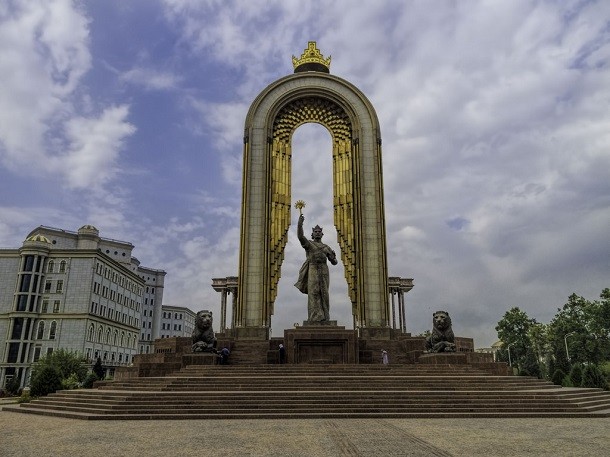 Source: D. Saimaddinov, S. D. Kholmatova, and S. Karimov, Tajik-Russian Dictionary,, Image: Dan Lundberg via Flickr
Source: D. Saimaddinov, S. D. Kholmatova, and S. Karimov, Tajik-Russian Dictionary,, Image: Dan Lundberg via Flickr A major city in the central Asian region, Dushanbe-Kurgan (meaning “Monday Fortress”) was renamed Stalinabad from 1929 to 1961 when the area was a Soviet Socialist Republic. The capital of Tajikistan, the name was then changed back to Dushanbe (“Monday”), referring to the popular Monday bazaar originally held in the city.
Staines to Staines-upon Thames
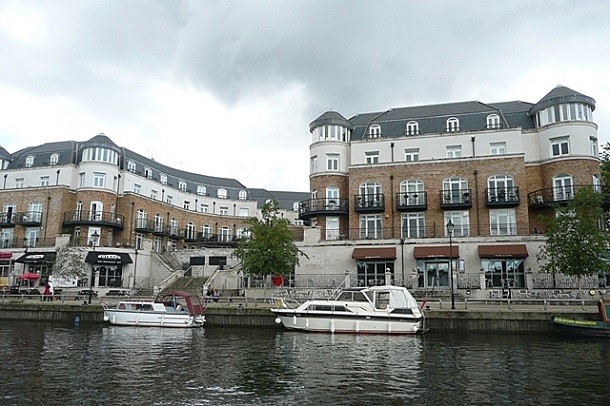 Source: BBC, Image: Wikimedia
Source: BBC, Image: Wikimedia In a name which couldn’t have been well-thought out, the city of Staines-upon-Thames derives its name from the Middle English word for stones, “stanes”. Local officials voted to change the name from Staines to Staines-upon-Thames in 2012 to boost the economy by drawing attention to its riverside location (and, reputedly, to distance itself from comedian Sacha Baron Cohen’s character Ali G).
Berlin to Kitchener
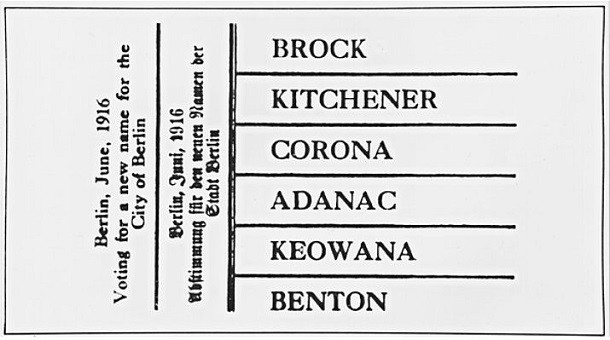 Source: Geoffrey Hayes, "From Berlin to the Trek of the Conestoga: A Revisionist Approach to Waterloo County's German Identity", Image: Wikimedia
Source: Geoffrey Hayes, "From Berlin to the Trek of the Conestoga: A Revisionist Approach to Waterloo County's German Identity", Image: Wikimedia Not the German Berlin in this case, the City of Berlin in Ontario, Canada, was a strong industrial center with a proud German heritage. After the outbreak of World War I, locals began trying to change the name (to distance it from Germany) with mixed results. Residents who opposed changing the name were seen as suspicious or as German sympathizers. When the British Minister of War, Lord Kitchener, was killed in battle, a new referendum was put forth in which only 892 of Berlin’s 15,000+ population voted (and only 346 of those chose Kitchener amongst all the names). The city name was thus changed in 1916.
Prey Nôkôr to Sài Gòn to Saigon to Ho Chi Minh City
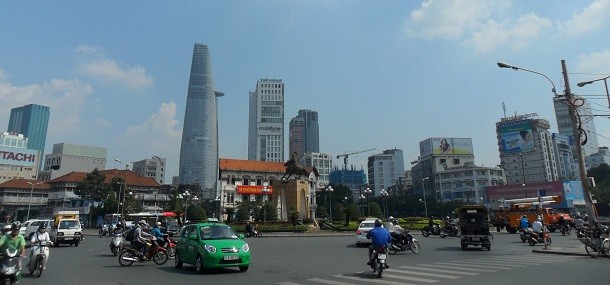 Source: Robert M. Salkin, Trudy Ring (1996). Paul E. Schellinger, Robert M. Salkin, ed. Asia and Oceania. International Dictionary of Historic Places, Image: Wikimedia
Source: Robert M. Salkin, Trudy Ring (1996). Paul E. Schellinger, Robert M. Salkin, ed. Asia and Oceania. International Dictionary of Historic Places, Image: Wikimedia First referred to as Prey Nôkôr by the Khmer Empire, this south Vietnamese city became known as Sài Gòn by Vietnamese refugees fleeing war in the north. The French occupation Westernized the name to Saigon and it was finally changed to Ho Chi Minh City after the fall of Saigon in 1975 in honor of the first leader of North Vietnam.



























